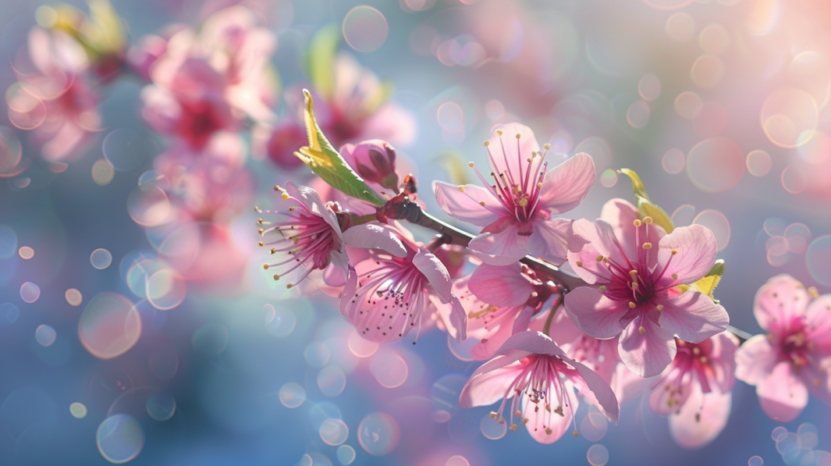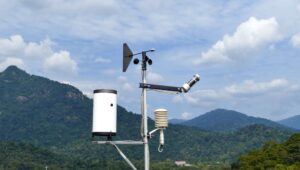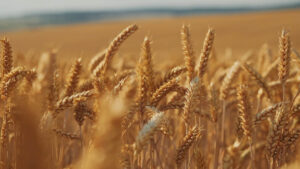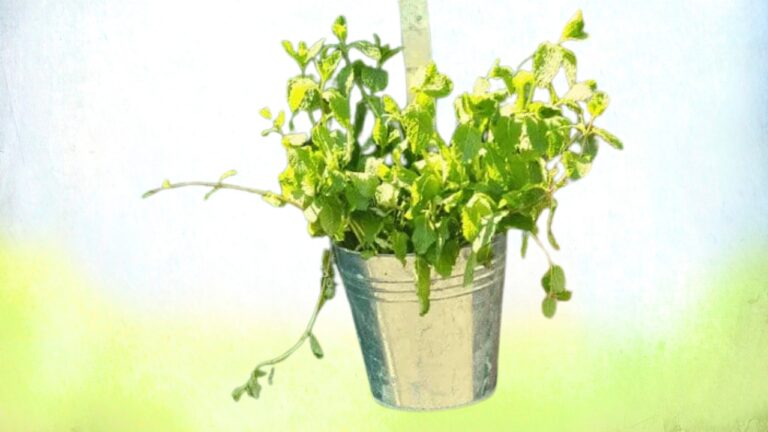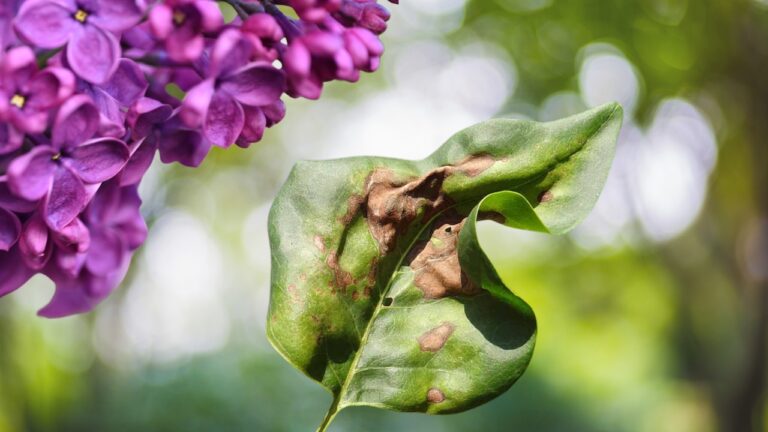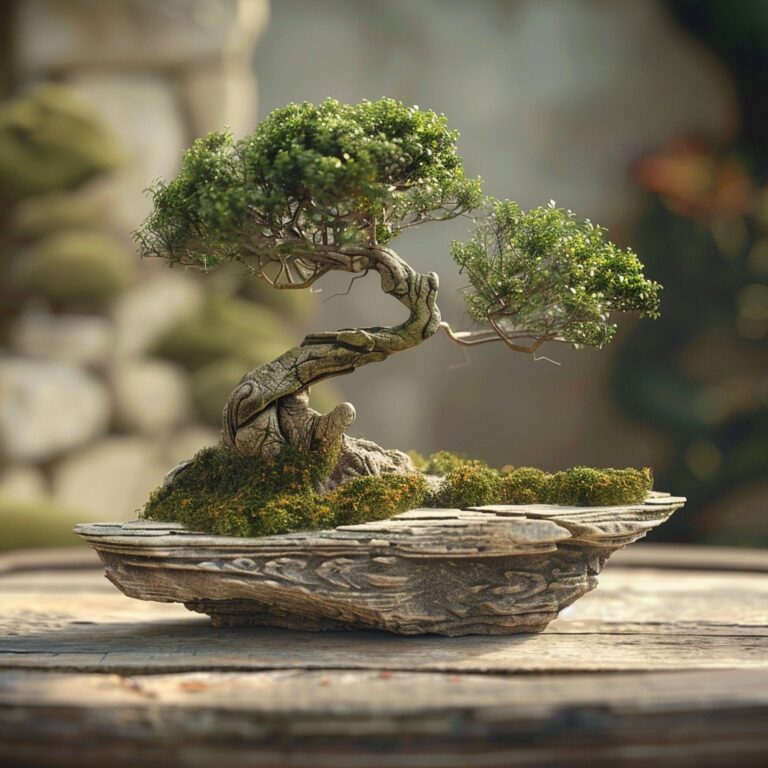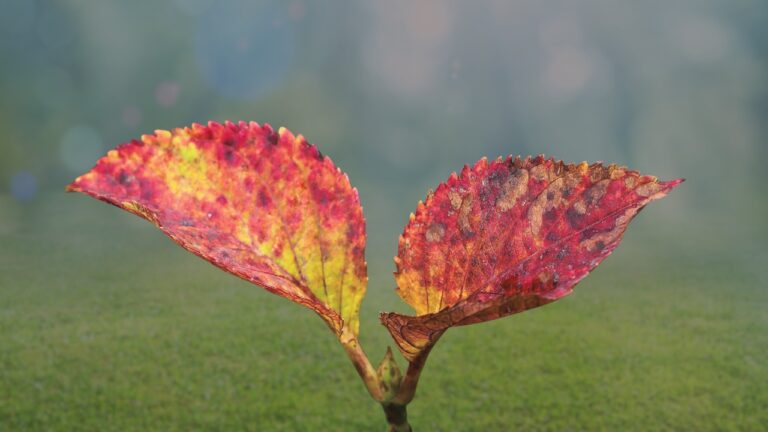Many people take joy in fruit trees’ blooming each spring. Peach trees are especially lovely, with their pink blossoms signaling warmer weather’s arrival.
This discussion explores what affects peach blooms and when to expect it.
The Bloom Cycle
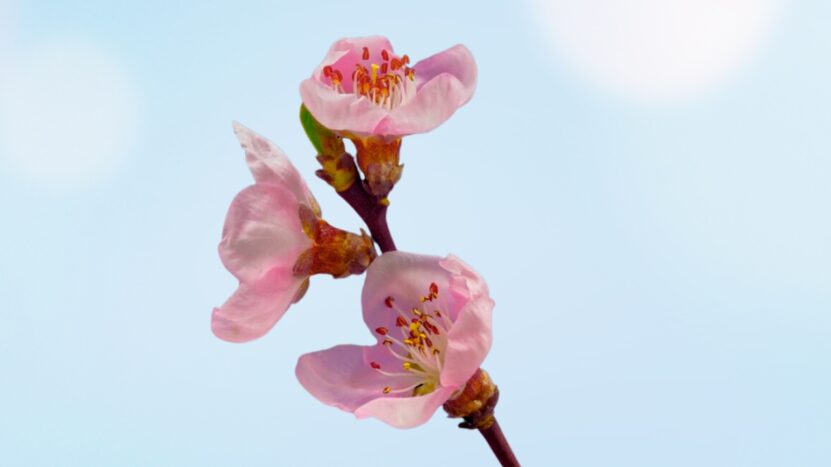
Peach trees’ blossom time is affected by a few important things:
- Where it’s planted really matters. Further south means warmer weather earlier, like February or March. Colder spots up north push blossoms to April or May since winters are longer.
- The type of tree also counts. Some blossom early, others in the middle or late. This lets farmers choose kinds that work well with their plans.
- Weather does a lot too. Trees need good sleep time during winter to wake up. Then a nice mild spring helps the blossoms open up. Trees gotta rest well in the cold before buds start to pop.
The Process of Blooming
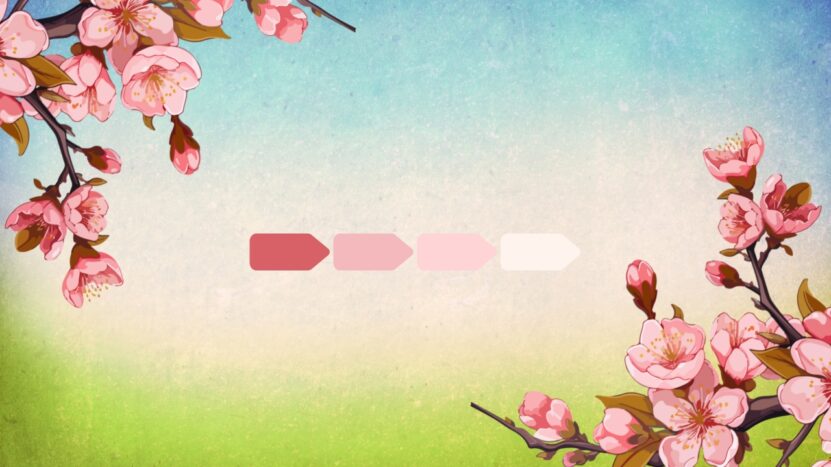
The way peach trees get their blossoms is quite interesting! It happens in steps:
- Sleep time – In the cold months, the trees rest up. This dormancy is important for their health. They need just the right chill time at certain temperatures to wake up right.
- Buds get ready – As winter ends, temps rise and the trees start sprucing up their buds. This is important since it sets up the pretty flowers to come.
- Bloom time – The actual blooming is a real show, usually lasting a couple of weeks depending on the weather. It’s important for pollination and making the fruit grow later on.
The Impact of Climate and Weather

The success of peach trees depends greatly on selecting varieties suited to the local climate. The USDA created hardiness zones to characterize areas by typical winter low temperatures. Peach trees generally do well in zones 5 through 8, as these provide adequate winter chill and mild springs for blooming.
Within these large zones, microclimates may form due to factors like elevation, proximity to large water sources, or urban heat islands. These small localized variations influence bloom periods.
It’s important to consider the specific conditions where you plan to plant when choosing locations and varieties. Matching them appropriately helps ensure the trees will thrive where they’re planted.
Variability in weather patterns can notably impact peach blossoms.
- Late Frosts: Late spring frosts pose a major risk, as they can harm or destroy delicate flowers. This may lower fruit yield for the year.
- Warm Winter Spells: Unexpected warm periods in winter sometimes cause trees to end dormancy too soon. This leads to blooming before it’s truly safe. If freezing weather then returns, the flowers could be damaged.
Adapting to Climate Change
As weather patterns change over time, peach growers must change their methods too. Breeders are creating new varieties that can handle less winter chill or unpredictable conditions. This helps trees adjust to our changing climate.
Late frosts are a major threat, especially where springs are less reliable now. Farmers are using tools like wind machines, sprinklers, and covers more to shield delicate blossoms if temperatures drop. This helps safeguard crops in risky regions.
The Role of Peach Tree Care in Bloom Health
Pruning is an important aspect of peach tree care that directly impacts blooming. The best time for pruning is late winter/early spring as trees are coming out of dormancy. This promotes healthy new growth and optimal flowering.
Effective pruning involves removing diseased or dead wood, as well as thinning branches. This allows for adequate sunlight and air circulation. Focusing the tree’s energy on healthy blooms and future fruit yields is the goal.
Regular, appropriate pruning is essential for strong blooms and overall tree health long-term.
Fertilizing and Watering
Fertilizer and water support bloom development and tree health. Applying fertilizer in early spring nourishes new growth. Over-fertilizing can reduce blooms, so balancing is key.
Consistent watering during bud formation is also important. Too much or too little water places stress on the tree, impacting blooms and fruit. Proper fertilizing and watering techniques are important.
Pest and Disease Management
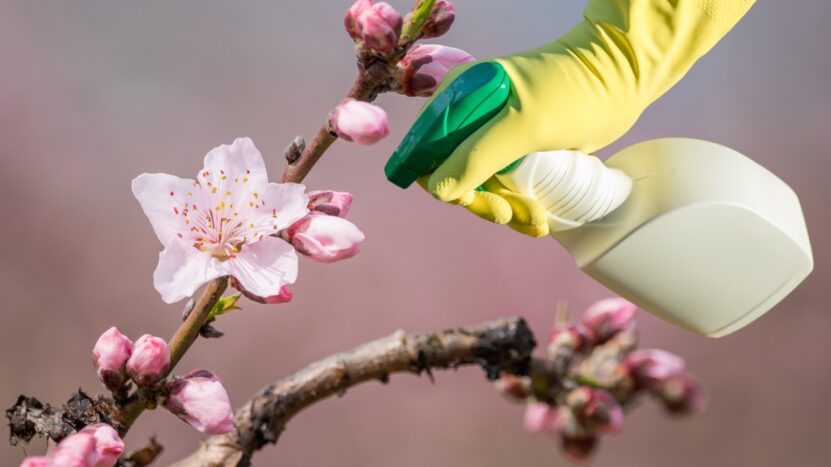
Pests and diseases can weaken trees and reduce blooming ability if not addressed. Regular monitoring allows for the timely treatment of issues. Preventative measures are important for bloom and fruit health.
Excessive pest infestation can serve as an indicator that a tree may need removal. Ongoing management is necessary to support tree health and maximize blossoms.
Soil Conditions and Their Impact
Peaches are like soil that drains water well and has a pH that’s a little on the acidic side, neither too high nor too low.
Sandy loam soil is best. It lets excess water filter through while still holding nutrients the tree needs. Before planting, it’s important to add stuff like compost or manure to the soil. This boosts what the soil has to offer and improves its texture.
Checking the pH and what nutrients are in there helps you know what to add to keep the soil perfect for peach trees. Keeping the soil balanced keeps the trees healthy and blooming with lots of peaches!
Mulching and Its Benefits

Putting mulch around peach trees has some great advantages, especially when it comes to getting those trees to bloom. Mulch does a few important things:
- It helps the dirt stay moist. This means you don’t need to water as much. Keeping the soil from drying out too much is key when the tree is getting ready to bloom.
- Mulch acts like a blanket for the dirt. It keeps the temperature from changing too much underground. This is good for the tree’s roots and helps the tree put energy into making flowers.
- It also stops weeds from growing. Weeds take food and water away from the peach tree. Without weeds competing, the tree can focus more on blooming and making peaches for you to enjoy!
Summary
Getting peach trees to flower well takes some understanding of what they need. Things like soil health, sunlight, and air circulation are especially important for blooms.
Rich soil that drains well lets the roots grow strong. Plenty of sunshine gives the tree energy. And breezes through the branches help keep pests away. With these basics covered, the trees can focus on flowering.
Other practices like mulching, pruning, and plant spacing also make a difference. When gardeners know how all the parts work together, they can give their peach trees the best care. This results in gorgeous blooms that lead to tasty fruits down the line.
Hello, my name is Christopher Thomson. As an experienced horticulturalist, I aim to share my knowledge of botanical science and best growing practices with gardeners of all backgrounds.
Through hands-on work in my own gardens as well as continued research, I strive to enhance my understanding of horticulture.
It is my goal to effectively communicate what I have learned to help others strengthen their relationships with the natural world.


